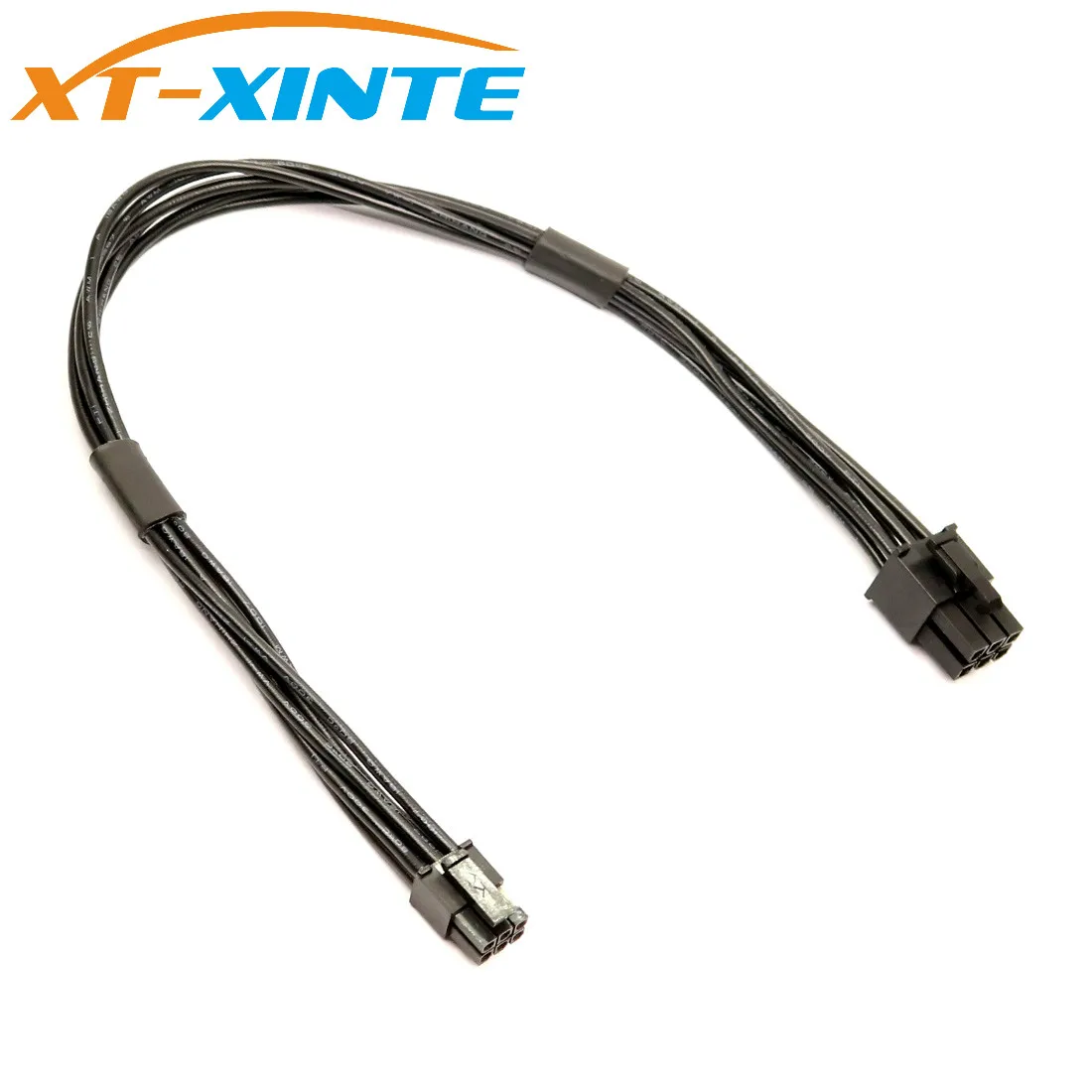
The work of packetizing and de-packetizing data and status-message traffic is handled by the transaction layer of the PCI Express port (described later). In terms of bus protocol, PCI Express communication is encapsulated in packets.

In contrast, a PCI Express bus link supports full-duplex communication between any two endpoints, with no inherent limitation on concurrent access across multiple endpoints. Furthermore, the older PCI clocking scheme limits the bus clock to the slowest peripheral on the bus (regardless of the devices involved in the bus transaction). Because of its shared bus topology, access to the older PCI bus is arbitrated (in the case of multiple masters), and limited to one master at a time, in a single direction.
Mini 6pin to 8pin pcie pci express video card power cable for apple mac pro 90012 serial#
In contrast, PCI Express is based on point-to-point topology, with separate serial links connecting every device to the root complex (host). One of the key differences between the PCI Express bus and the older PCI is the bus topology PCI uses a shared parallel bus architecture, in which the PCI host and all devices share a common set of address, data and control lines. Ĭonceptually, the PCI Express bus is a high-speed serial replacement of the older PCI/PCI-X bus. For instance an x16 slot with only 4 PCIe lanes is quite common. Sometimes what may seem like a large slot may only have a few lanes. The PCIe slots on a motherboard are often labelled with the number of PCIe lanes they have.

It is the common motherboard interface for personal computers' graphics cards, hard disk drive host adapters, SSDs, Wi-Fi and Ethernet hardware connections. PCI Express ( Peripheral Component Interconnect Express), officially abbreviated as PCIe or PCI-e, is a high-speed serial computer expansion bus standard, designed to replace the older PCI, PCI-X and AGP bus standards.


 0 kommentar(er)
0 kommentar(er)
